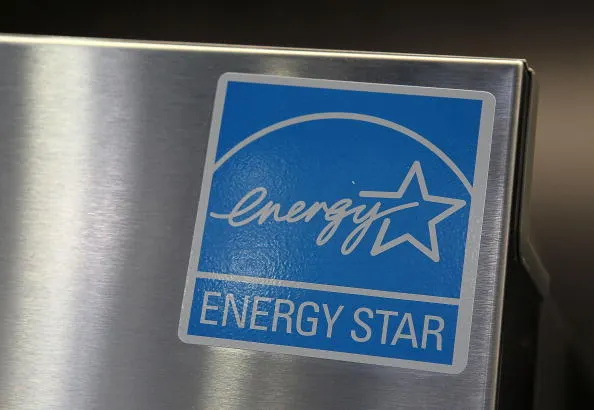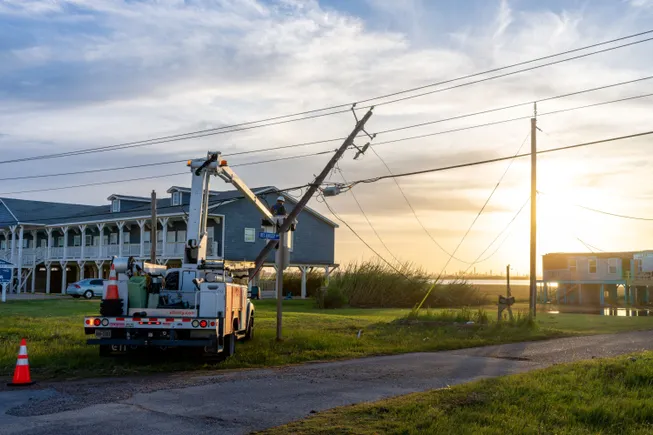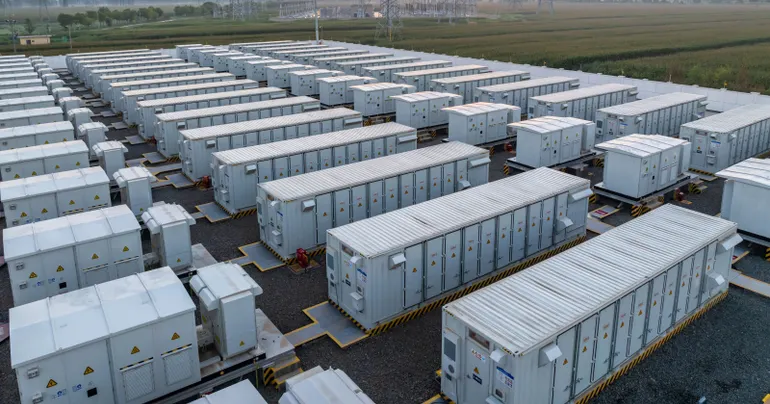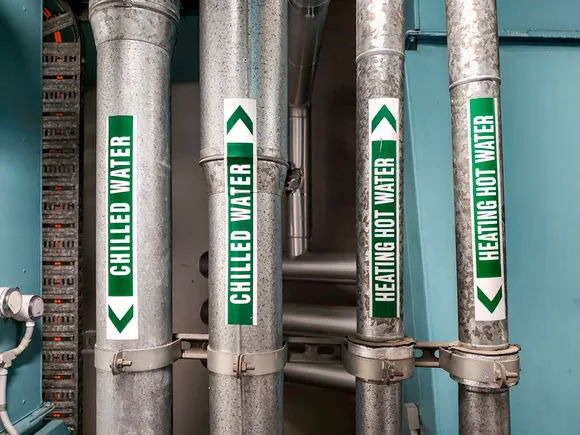
The International Facility Management Association last week called on Congress to step in and stop the Trump administration from ending Energy Star, the federal government’s program for encouraging the manufacture of energy efficient appliances and systems.
“Consumers and businesses alike rely on Energy Star ratings when making informed decisions about appliances and equipment,” Dean Stanberry, immediate past chair of IFMA, said in a statement May 8. “Eliminating this publicly funded resource without consulting the industries and individuals who depend on it is shortsighted and irresponsible.”
The administration hasn’t said it wants to eliminate the program, but in its fiscal year 2026 budget request for the Environmental Protection Agency, it proposes to eliminate all funding for the Atmospheric Protection Program, which administers Energy Star.
“The Atmospheric Protection Program is an overreach of Government authority that imposes unnecessary and radical climate change regulations on businesses and stifles economic growth,” the administration says in its budget proposal. “By prioritizing climate change over job creation and energy independence, the program has burdened American industries with costly mandates, ultimately hurting consumers and taxpayers. This program is eliminated in the 2026 Budget.”
In response to news organizations’ request for clarification on the plan, EPA was noncommittal.
“The EPA is delivering organizational improvements to the personnel structure that will directly benefit the American people and better advance the agency’s core mission, while Powering the Great American Comeback,” the agency told CBS News in an email.
The Competitive Enterprise Institute, an anti-regulation organization, says the issue isn’t the program’s effectiveness but whether its energy-saving mission is within the proper scope of government.
“Green purchasing programs assume the federal government needs to meddle in the marketplace by providing its seal of approval on what it deems to be environmentally satisfactory products,” the organization says in a white paper. “If consumers demand certain information, then businesses will respond by disseminating this information to them. If there is a need to create a labeling program to ensure credibility and consumer confidence, then private certification organizations should play such a role.”
With its appeal to Congress, IFMA is putting its 25,000 member-strong association for facilities managers on the record in support of the program. Created in 1992 during the George H.W. Bush administration, the program has been credited with saving businesses and consumers $500 billion in energy costs by setting voluntary efficiency standards for manufacturers. The program costs EPA about $50 million a year to administer, the Alliance to Save Energy says.
“Energy Star is not just for U.S. households,” Michael Geary, president and CEO of IFMA, said in a statement last week. “It’s a global benchmark with far-reaching influence across commercial facilities of every type.”
Although Energy Star standards are mainly thought of in the context of household appliances, the program is a standards-setter for commercial appliances and building systems as well. Among other things, it applies to commercial heating and cooling systems, commercial boilers, commercial water heaters and heat pumps, commercial food service equipment, data centers and servers, and products related to building envelopes, EPA information shows.
“From HVAC systems to lighting, life safety equipment and manufacturing tools, Energy Star provides independent, trusted confirmation of quality and efficiency,” Geary said. “Facility managers, building owners, and employers depend on this program to maintain healthy, sustainable workplaces that support core business functions.”
States and municipalities use the program, too, EPA says on its website, to set benchmarks and measure building performance.
A group of 1,000 companies, organizations and municipalities signed a letter in April to EPA asking the agency to preserve the program.
“ENERGY STAR’s influence extends into commercial real estate, home construction and industrial sectors, where energy-efficient buildings, homes and manufacturing practices reduce costs, enhance productivity, and create new opportunities for American workers,” the letter said.
The American Council for an Energy-Efficient Economy, American Lighting Association, Association of Energy Engineers, Building Performance Association, International Code Council, National Electrical Manufacturers Association and National Institute of Building Sciences are among the groups signing the letter.






















